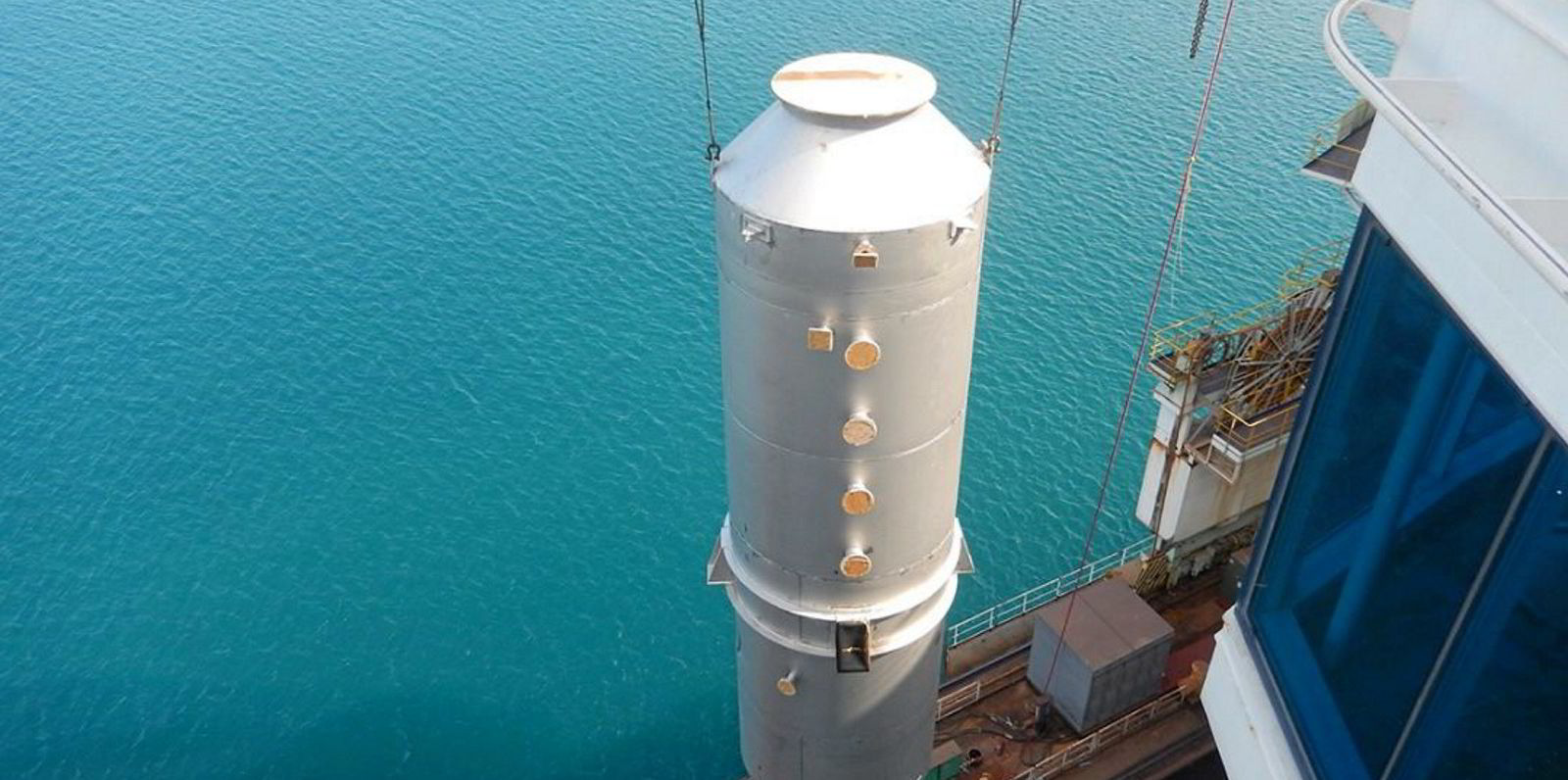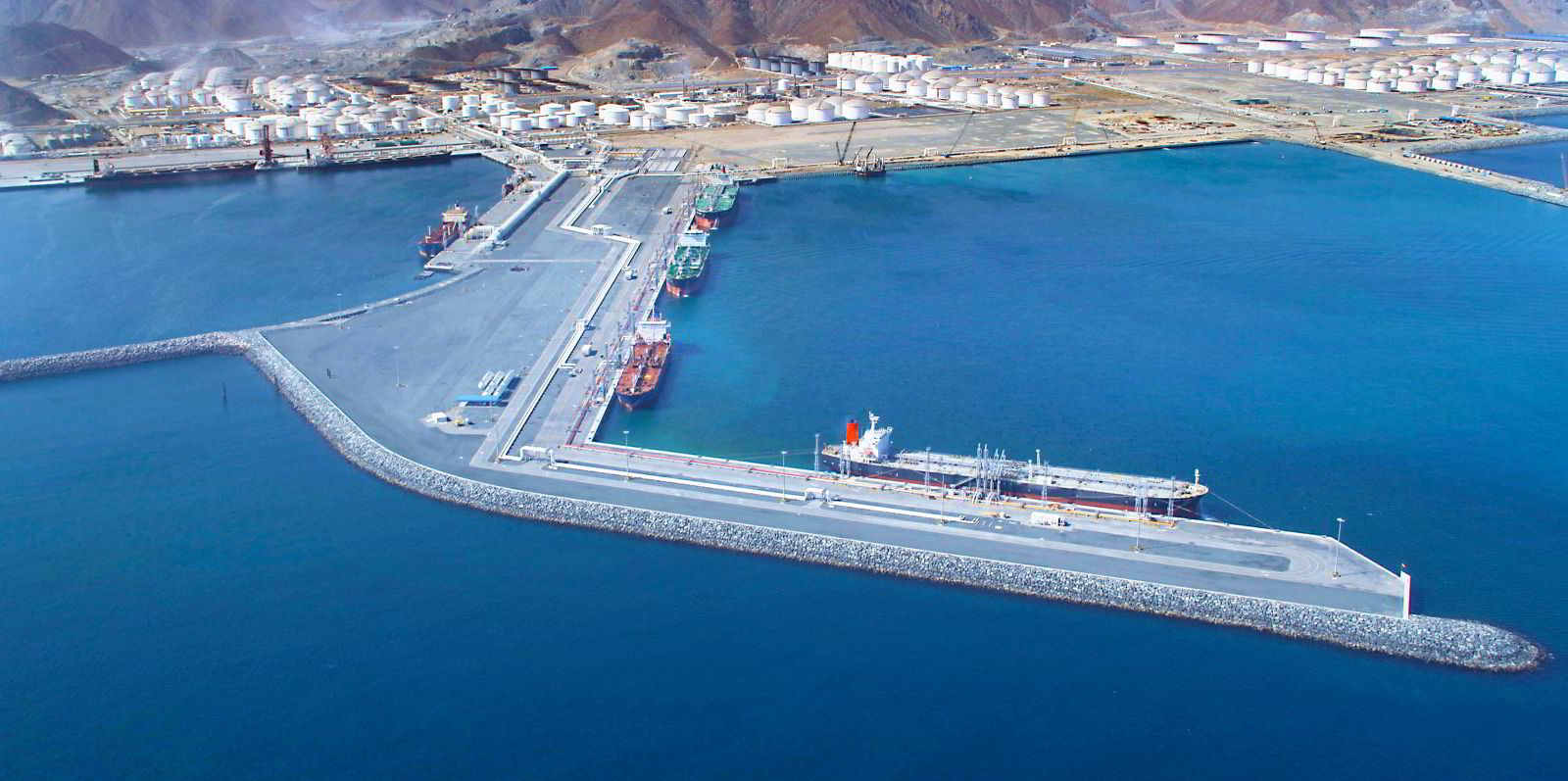The invasion of Ukraine could reduce the price spread between high and low-sulphur fuel oils, impacting the economics of scrubbers, says a top shipbroker.
Russia is pivotal to the global high-sulphur fuel oil (HSFO) market with almost 90% of its approximately 800,000 barrels per day (bpd) of fuel exports being HSFO.
“Therefore, a major loss in HSFO supplies will raise its price, and all else being equal, narrow the scrubber spread,” said Anoop Singh, head of tanker research at Braemar ACM Shipbroking.
“Already, Russian fuel oil exports have dropped to the lowest since 2019 in the past two weeks. Meanwhile, its gasoil and crude exports are largely unchanged.
“Lower fuel oil exports from Russia have contributed to the scrubber spread falling some 20% from its mid-month peak,” he added.
Singh anticipates that a bigger squeeze on the scrubber spread looms with a persistent increase in HSFO prices likely to press that spread over the rest of this year materially.
Russian HSFO exports are likely to fall further once the country’s fuel oil production drops, with the International Energy Agency expecting refinery runs to decline 1.5m bpd year on year for the April to December 2022 period.
Russian fuel oil yields averaged 15% in 2021, which will mean a 225,000 bpd loss in fuel oil supplies, most of that being HSFO production, according to Singh.

In contrast, HSFO demand is likely to increase amid tightening supplies seasonally.
Middle Eastern HSFO demand for power generation over the summer picks up from April, which will be followed by a likely ramp-up in South Asia HSFO purchases.
“Relatively higher prices of gas/LNG and crude suggest a larger switch into HSFO this year is on the cards,” said Singh.
There are few accessible alternatives to lost Russian fuel oil.
One widely considered option is a potential increase in Iranian HSFO supplies if US sanctions on Iran are lifted.
“In our view, that may paradoxically increase HSFO prices. That is because most Iranian HSFO volumes are already in the market,” said Singh.
“Traders have mastered hiding the origins of suspect barrels and blending them into marine bunkers.”
Braemar ACM estimates that between 150,000 bpd and 200,000 bpd of heavily discounted fuel oil has continued to leave Iran over the past year. That compares with pre-sanctions exports of about 250,000 bpd.
“Once sanctions are lifted, these barrels will trade at market prices and offset a modest impact of a few additional barrels,” said Singh.
One other option is the 615,000-bpd Al Zour refinery in Kuwait, which was initially scheduled for commissioning in February.
“That plant can temporarily add more than 200,000 bpd of HSFO to the market before it starts secondary conversion and desulphurising units,” said Singh.
“At design operations, however, the refinery will produce LSFO [low-sulphur fuel oil] fuels instead.”
Putting a figure on spread contraction
French shipbroker Barry Rogliano Salles (BRS) said the bunker spread is approaching a record $250 per tonne in Rotterdam.
A scrubber-equipped VLCC can earn $4,000 today, but a ship without a scrubber is losing $8,500 per day, the company added.
“Current futures curves suggest that the VLSFO/380-cst spread will halve over the next year,” BRS said.
But the broker is not so sure.
The Paris shop believes both gasoil and fuel oil prices should remain supported by tight product markets for as long as the Ukrainian conflict persists.
“On balance, we believe that if China starts exporting ultra-low sulphur diesel/gasoil again, this should loosen the global gasoil market and exert downward pressure on prices,” BRS said.
“On the other hand, we see no such potential incremental supply source for fuel oil, which suggests higher 380 cst prices since the majority of Russian fuel oil exports are high sulphur,” the broker added.
BRS concluded that, although the spread could fall back to below $150 per tonne, analysis implies that $120 per tonne looks unlikely while the war continues to rage.





